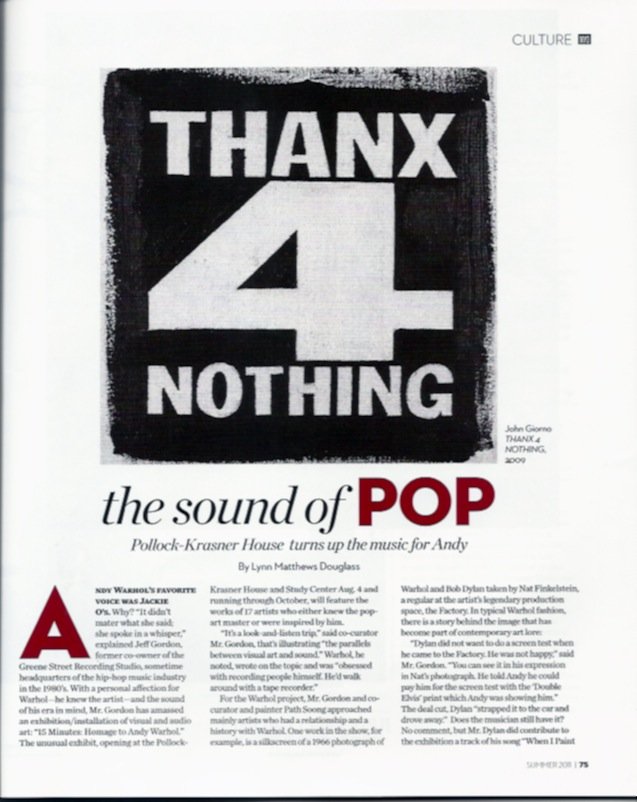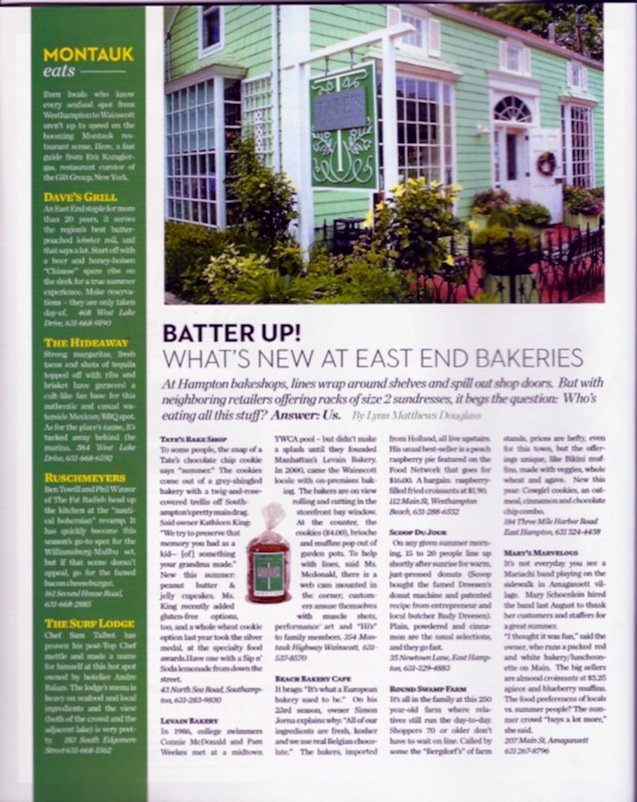THE MECHANICS OF MARKETING AN ARTIST WHO’S ‘OUT': FLESHY BRIT PAINTER ALMA-TADEMA
April 19, 2011
Victorian-era critic John Ruskin called him the “worst painter of the 19th century.” Another critic thought a cigar box was an appropriately worthy canvas for his talents. The public couldn’t have cared less. For nearly three decades, Alma-Tadema was the preeminent painter in Britain. His lush, epic scenes, borrowed from Roman history or based on his travels to ancient Greco-Roman sites, were roped off to protect them from crowds; commissions made him very wealthy. He was knighted.
But the Ruskin camp of naysayers won out eventually. In the 20th century, the It painter of the Victorian era fell from grace and into obscurity, where he remained for decades. Scholarly texts either omitted him or rendered him, literally, a footnote in art history. The word often used was “kitsch.”
His only fans, by in large, were in Hollywood. In 1956, production designers of the film The Ten Commandments turned to his paintings of the ancient era for inspiration and imagery. (The coastline painted in his The Finding of Moses was used in the film.) By 1961, when the $40 million epic Cleopatra was being designed, his works were looked to again, and some of the scenes in the film echo his artwork strongly. His “emphasis on personal drama, his wide angle perspective … set the scene for the epic film industry,” suggested mid-century critic Mario Amaya.
(For full story, see link below)
1/8/25
MERA AND JENNIFER RUBELL ON ‘THE COLLECTING GENE’
Oct 23, 2014
As an immigrant, “my family’s survival was based on giving up ownership,” explained art collector Mera Rubell, at the Brooklyn Museum Wednesday. At its 12th annual Women in the Arts Luncheon Wednesday, the museum honored contemporary art collector Rubell and her daughter, artist, Jennifer Rubell.
The Rubells along with Catherine Morris, curator for the Elizabeth A. Sackler Center for Feminist Art, took the stage for a conversation before lunch. The trio of women wore jet black which could have been an art installation in itself–they visually popped on a stage of honey-blonde hues. But the afternoon was full of color.
The Rubell Family Collection was established in 1964 by Mera and her husband Donald. Alongside a business of boutique hotels, they built “one of the most important private contemporary art collections,” said Brooklyn Museum board president Stephanie Ingrassia, by way of introduction. They were early champions of young struggling artists like Keith Haring and Jean-Michel Basquiat. The collection now occupies a 45,000-square-foot museum-quality facility in Miami, and they’ve staged 20 years of often ground-breaking exhibitions.
(For full story, see link below)
http://observer.com/2014/10/mera-and-jennifer-rubell-on-the-collecting-gene/#ixzz3ZCPLsQMV
5/18/15


